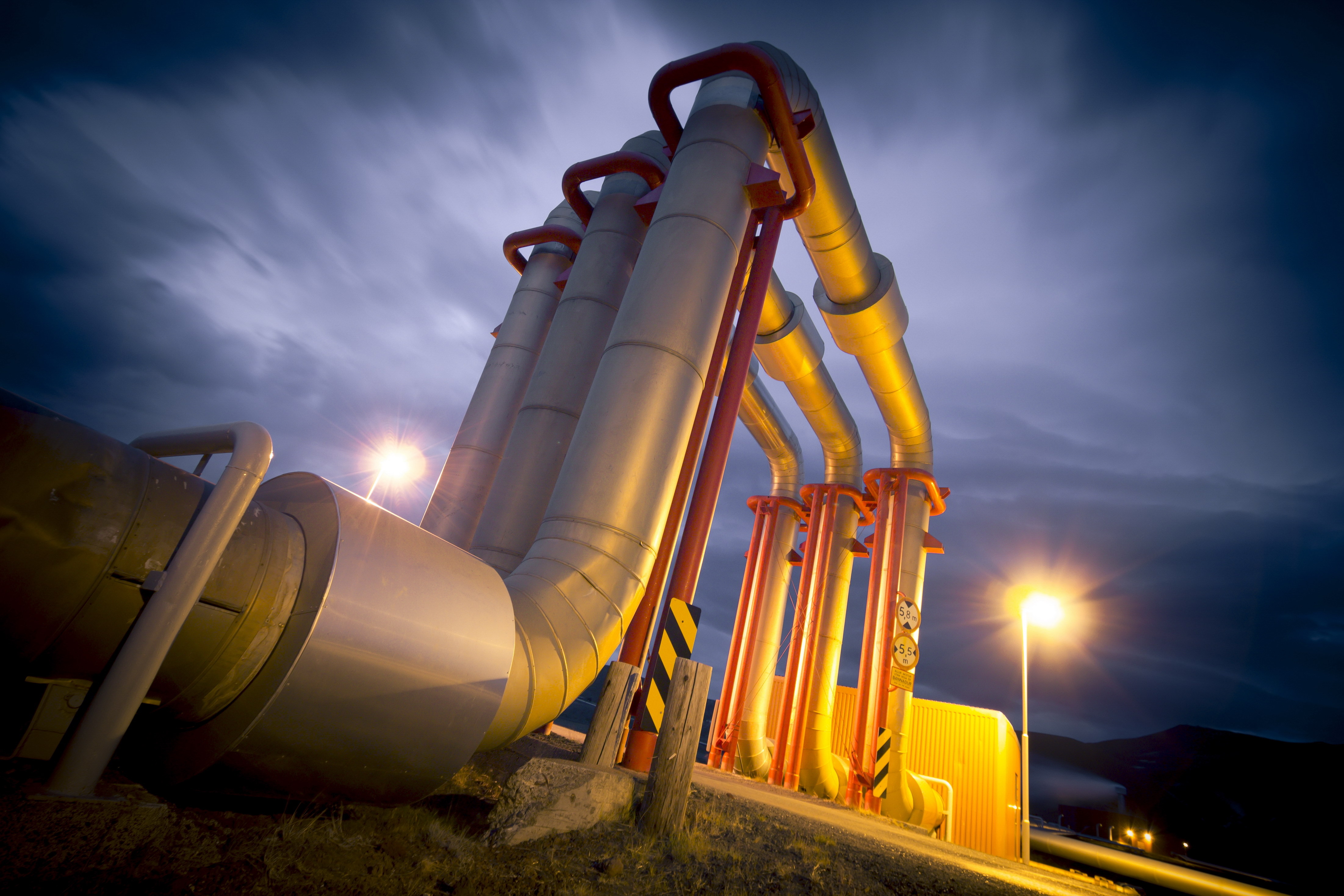Pipeline Integrity Management

Globally, at least 6.2 million miles of pipeline transport gas, oil, and chemicals to 700 refineries and to 24,500 power utility plants. Sixty percent of those pipelines are in the US. Due to the nature of pipeline transport, failure results in significant consequences. Since 1986, pipeline failures alone have spilled an average of 76,000 barrels per year, or more than 3 million gallons per year. Monetary losses due to fines, cleanups, and system shutdowns can approach $1M/day.
While elaborate systems exist to monitor the entire transport system, the monitoring system overall has systemic issues at the critical components – gaskets, seals, pipelines, and pressure vessels. Physical inspection of these critical components is periodic, labor-intensive, and unreliable. Emerging technologies addressing these issues are typically prohibitively expensive, require human operation, and have a limited inspection window and/or range.
Our proposed non-invasive technology has the potential to continuously monitor, detect and stop critical structural component failures that result in shutdowns, leakages or safety hazards- a critical need in these industries. Our research will ultimately increase the reliability and safety of critical structures and components for key industry OEMs, society, and the environment. Some key advantages to using CNT technology to monitor structures:
- Non-invasive technology- no "foreign object damage"
- High temperature resistant
- Potential application on surface of structure- or on matrix within it
- Utilization of fibers as backbone of sensing network enables broad sensing area
- Pressure sensing range from 10 kPa - 60 MPa or more
- Able to withstand repeatable bending/multiple strain
%20Final%20(2).png?width=670&height=375&name=M-CET%20_Logo(s)%20Final%20(2).png)